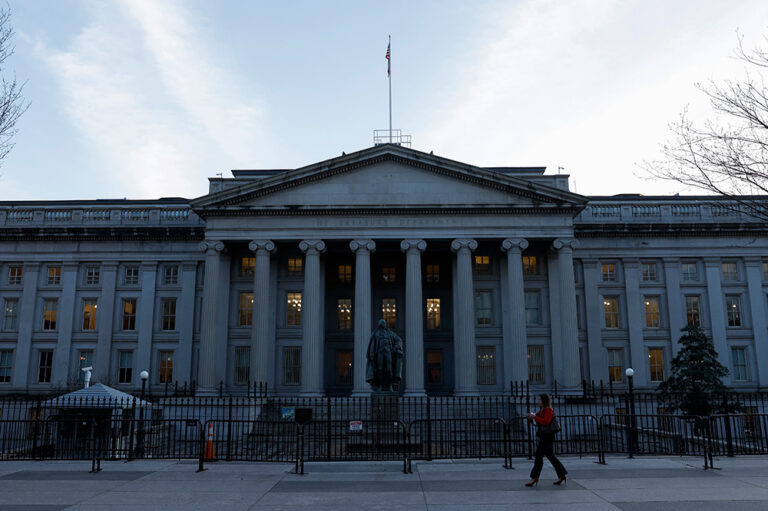CNN’s Jake Tapper recently provided an informative look at the nation’s debt and deficit outlook, and how it’s perceived by voters. As he points out in the segment below, part of the problem when discussing America’s long-term debt is that it is often confused with short-term deficits.
Fact checking debt at the #DNC https://t.co/QwTNOFD0C4 #TheLead
— Jake Tapper (@jaketapper) July 29, 2016
Deficits, the annual shortfall in the federal budget, had been declining sharply since the Great Recession in 2009. Earlier this year, however, the nonpartisan Congressional Budget Office warned that the era of declining deficits was over, largely due to the passage of tax extenders at the end of 2015.
But much more important is the steep upward trajectory of our long-term debt — which remains as dangerous as ever. In its latest long-term outlook, released in June, CBO projected that the federal debt will climb to 141 percent of GDP by 2046 — by far the highest level on record.
For more clarification on the difference between the debt and the deficit, read "Debt vs. Deficits: What's the Difference?"
Further Reading
The Fed Reduced the Short-Term Rate Again, but Interest Costs Remain High
High interest rates on U.S. Treasury securities increase the federal government’s borrowing costs.
What Types of Securities Does the Treasury Issue?
Learn about the different types of Treasury securities issued to the public as well as trends in interest rates and maturity terms.
Quarterly Treasury Refunding Statement: Borrowing Up Year Over Year
Key highlights from the most recent Quarterly Refunding include an increase in anticipated borrowing of $158 billion compared to the same period in the previous year.


